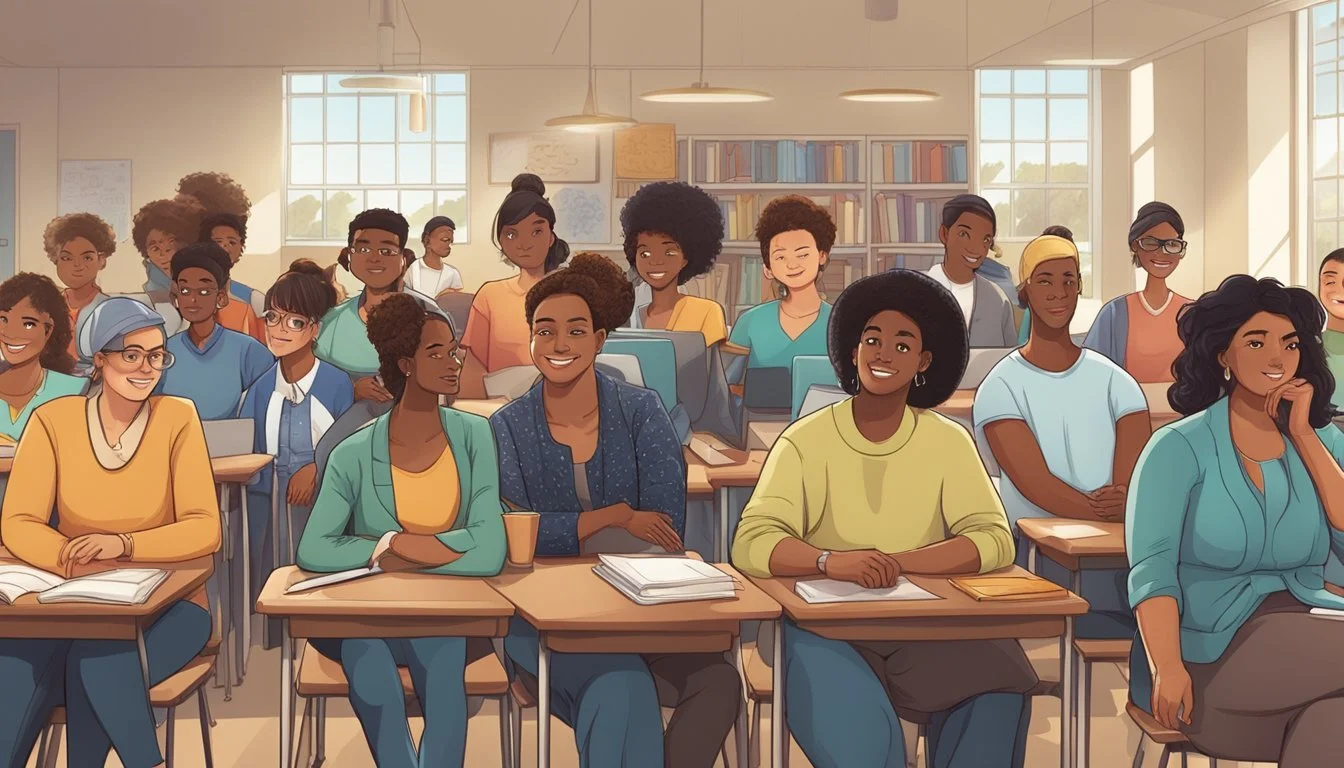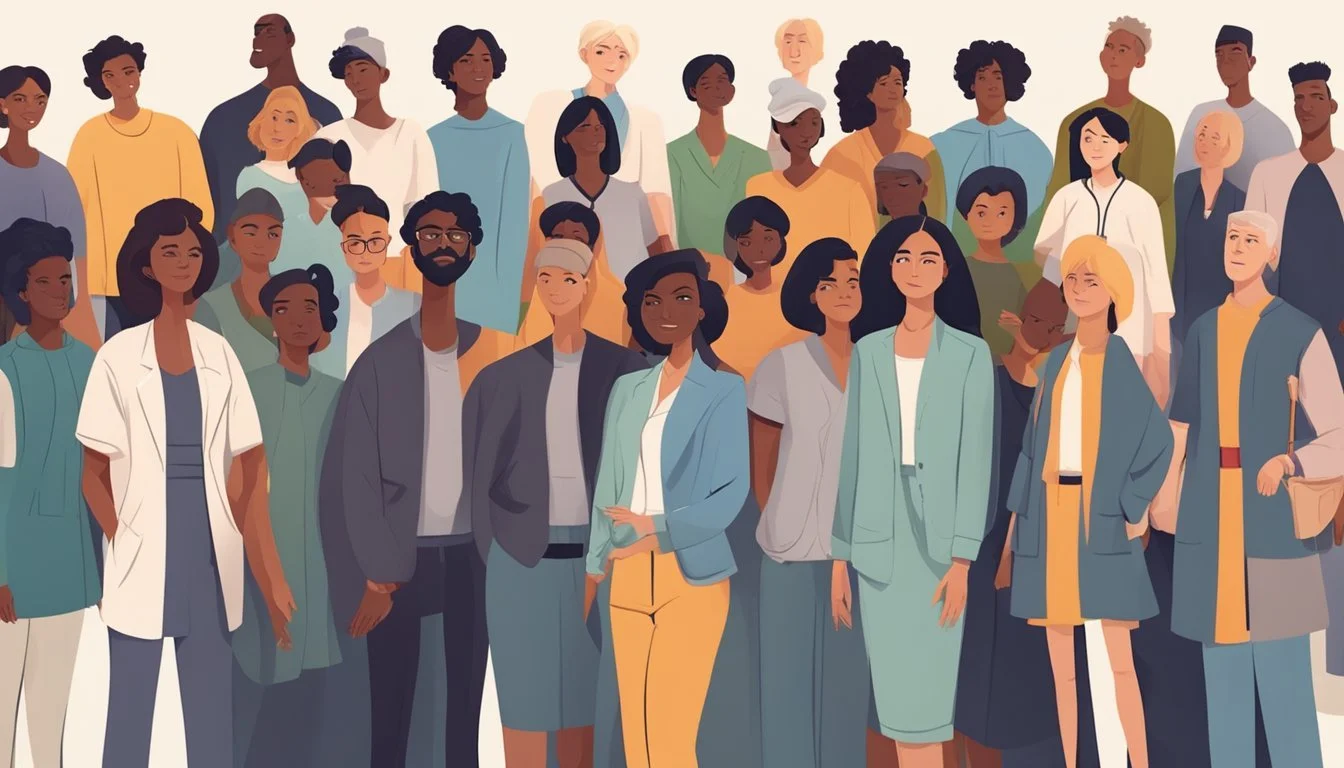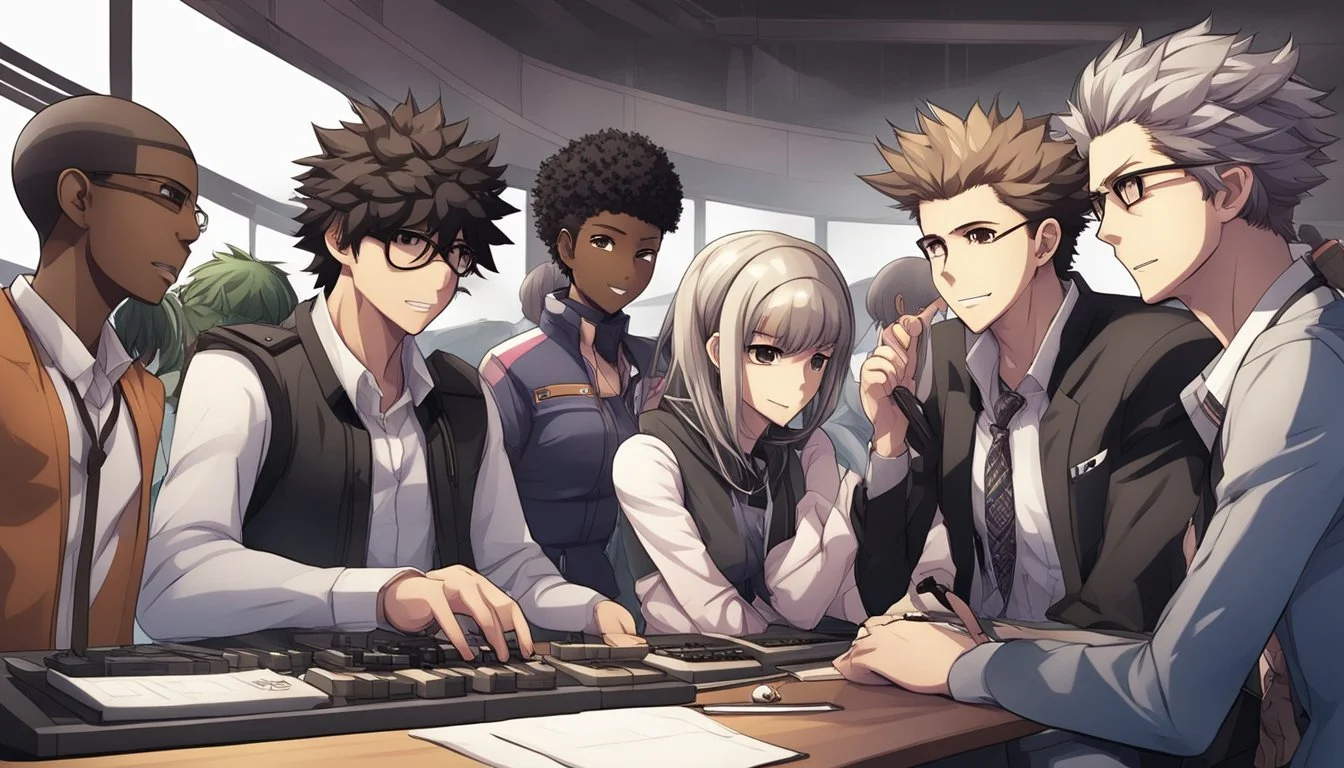Unravel the Mystery: Discover Danganronpa Personality Types Like Never Before!
Danganronpa, the popular visual novel and anime franchise, features a diverse cast of characters with distinct personalities. These personalities play a crucial role in shaping the story's twists and turns. Many fans have found that applying the Myers-Briggs Type Indicator (MBTI) to Danganronpa characters provides fascinating insights into their motivations and behaviors.
The MBTI system categorizes individuals into 16 personality types based on four dichotomies: Extraversion/Introversion, Sensing/Intuition, Thinking/Feeling, and Judging/Perceiving. By examining characters through this lens, fans can gain a deeper understanding of their favorite Danganronpa personalities and how they interact within the game's high-stakes scenarios.
From the logical INTJ Kyoko Kirigiri to the charismatic ENFJ Kaede Akamatsu, each character's MBTI type offers a unique perspective on their strengths, weaknesses, and decision-making processes. This analysis not only enhances appreciation for the series' character development but also provides an engaging way for fans to connect with and relate to their favorite Danganronpa personalities.
Overview of Danganronpa
Danganronpa is a gripping video game and anime franchise that blends mystery, horror, and courtroom drama. It features a unique premise where talented high school students are trapped and forced to participate in a deadly game of murder and deception.
Concept and Structure
Danganronpa revolves around a group of "Ultimate" students with exceptional talents who find themselves confined in a school or similar setting. The mastermind behind their imprisonment, often represented by a robotic bear named Monokuma, announces that the only way to escape is by successfully murdering a fellow student without being caught.
The gameplay is divided into three main segments:
Daily Life: Players explore the environment and interact with other characters
Deadly Life: Investigation of murders
Class Trials: Fast-paced debates to uncover the culprit
Each game in the series introduces new characters, locations, and plot twists while maintaining the core gameplay elements.
Popularity and Cultural Impact
Since its debut in 2010, Danganronpa has gained a significant following worldwide. The franchise has expanded beyond video games to include anime adaptations, manga, and novels. Its unique blend of dark humor, complex characters, and intricate mysteries has resonated with fans.
Danganronpa's influence can be seen in:
Cosplay and fan art communities
Internet memes and discussions
Merchandise ranging from figurines to clothing
The series has also sparked debates on morality, justice, and the nature of hope versus despair. Its popularity has led to collaborations with other franchises and inspired similar games in the visual novel genre.
Fundamentals of Personality Typing
Personality typing systems provide frameworks for understanding individual differences in behavior, thoughts, and preferences. These models offer insights into how people interact, make decisions, and perceive the world around them.
MBTI Basics
The Myers-Briggs Type Indicator (MBTI) is a widely used personality assessment tool. It categorizes individuals into 16 distinct personality types based on four key dimensions:
Extraversion (E) vs. Introversion (I)
Sensing (S) vs. Intuition (N)
Thinking (T) vs. Feeling (F)
Judging (J) vs. Perceiving (P)
Each type is represented by a four-letter code, such as INTJ or ESFP. These combinations reflect different ways people process information and interact with their environment.
The MBTI model suggests that everyone has innate preferences in each dimension. For example, an individual might prefer gathering information through intuition (N) rather than sensing (S).
Personality Types in Fiction
Fictional characters often embody distinct personality traits that resonate with audiences. Writers use personality typing concepts to create complex, relatable characters.
In anime and manga series like Danganronpa, characters frequently represent various personality archetypes. This diversity allows for dynamic interactions and conflicts within the story.
Creators may intentionally design characters to fit specific MBTI types. For instance, a logical and strategic character might align with the INTJ type, while a spontaneous and outgoing character could embody ESFP traits.
Understanding personality types in fiction can enhance character analysis and appreciation of storytelling techniques. It provides a framework for examining character motivations, strengths, and potential areas of growth.
Danganronpa Characters and MBTI
The Danganronpa series features a diverse cast of characters with distinct personalities. Analyzing these characters through the lens of MBTI (Myers-Briggs Type Indicator) provides insights into their motivations and behaviors.
Character Analysis
Danganronpa characters exhibit a wide range of MBTI types. Makoto Naegi, the protagonist of the first game, is often typed as an ENFP. His optimistic nature and ability to connect with others align with this personality type.
Kyoko Kirigiri, the stoic detective, is frequently classified as an INTJ. Her analytical mind and strategic thinking fit this type well.
Nagito Komaeda from Super Danganronpa 2 is often seen as an INFJ. His complex worldview and manipulative tendencies match this rare personality type.
Byakuya Togami's confident and logical nature often leads to an ENTJ typing. His leadership skills and strategic mindset align with this classification.
MBTI and Character Development
MBTI types can offer insights into character arcs and development throughout the Danganronpa series. Characters may show growth by embracing aspects of their personality type or challenging their typical behaviors.
For example, Fuyuhiko Kuzuryu's character development in Super Danganronpa 2 could be seen as a shift from unhealthy to healthy expressions of his potential XSFP type.
MBTI can also help explain character interactions. The contrast between Makoto's ENFP traits and Kyoko's INTJ characteristics creates an interesting dynamic in their partnership.
Understanding MBTI types can enhance players' appreciation of character motivations and decisions throughout the games. It provides a framework for analyzing the complex cast of Danganronpa.
Personality Types in Danganronpa
Danganronpa features a diverse cast of characters with distinct personalities that drive the plot forward. The series utilizes personality traits to create compelling protagonists, antagonists, and supporting characters.
Protagonists and Antagonists
Makoto Naegi, the protagonist of Danganronpa: Trigger Happy Havoc, embodies an optimistic and determined personality. His MBTI type is often considered ENFP, reflecting his idealistic nature and ability to inspire others.
Kyoko Kirigiri, a key ally, displays INTJ traits with her analytical mind and strategic thinking. Her cool demeanor contrasts with Makoto's warmth, creating an effective duo.
Byakuya Togami, an antagonistic figure, exhibits ENTJ characteristics. His confident and ambitious personality clashes with the protagonists, adding tension to the story.
Monokuma, the main antagonist, defies typical personality typing due to his artificial nature. However, his sadistic and manipulative traits drive the killing game forward.
Supporting Characters
Aoi Asahina, an athletic and energetic character, fits the ESFP profile. Her outgoing nature and emotional intelligence make her a valuable ally to the protagonists.
Celestia Ludenberg, the "Ultimate Gambler," displays INTJ traits. Her calculated approach and ability to manipulate others add complexity to the cast.
Toko Fukawa, with her split personality, presents an interesting case. Her primary persona aligns with INFP traits, while her alter ego Genocide Jack exhibits more ESTP characteristics.
Chihiro Fujisaki, the shy programmer, fits the INFP type. Their gentle nature and inner strength contribute to the group's dynamics in unexpected ways.
MBTI Profiles of Notable Characters
The Danganronpa series features characters with diverse personality types. Some exhibit traits associated with the ENTJ profile, while others display characteristics of various MBTI types.
ENTJ Characters
Byakuya Togami from Danganronpa: Trigger Happy Havoc embodies many ENTJ traits. He is logical, strategic, and displays strong leadership qualities. Byakuya's confidence and assertiveness are hallmarks of the ENTJ personality type.
Celestia Ludenberg, also from the first game, shares some ENTJ characteristics. Her manipulative nature and ability to strategize align with this personality type. However, her true personality is debated among fans.
In Danganronpa V3, Kokichi Oma exhibits ENTJ-like behaviors. His manipulative tactics and strategic thinking reflect aspects of this personality type, though his unpredictable nature complicates a definitive classification.
Other Personality Types
Kyoko Kirigiri from Danganronpa: Trigger Happy Havoc is often associated with the INTJ type. Her analytical skills and independent nature align with this personality profile.
Makoto Naegi, the protagonist of the first game, displays traits consistent with an ENFP personality. His optimism and ability to connect with others are characteristic of this type.
Chiaki Nanami from Danganronpa 2 is frequently typed as an INTP. Her logical thinking and introverted nature fit this profile well.
Kaede Akamatsu from Danganronpa V3 exhibits traits of an ENFJ. Her empathetic leadership style and focus on group harmony align with this personality type.
Implications of Personality Typing in Anime
Personality typing in anime adds depth to characters and enhances storytelling. It influences how viewers connect with fictional personas and shapes the narrative arc of series like Danganronpa.
Character Engagement
Personality types help viewers relate to anime characters on a deeper level. When fans identify a character's MBTI type, they can better understand their motivations and behaviors. This connection often leads to increased emotional investment in the story.
For example, knowing that Makoto Naegi from Danganronpa is an INFJ can explain his empathetic nature and strong moral compass. Viewers who share similar traits may feel a stronger bond with Makoto.
Personality typing also allows for more diverse character rosters. Creators can ensure a balanced cast by including various personality types, each bringing unique perspectives to the plot.
Narrative and Plot Development
Personality types serve as a framework for consistent character development throughout an anime series. Writers can use MBTI traits to craft believable reactions and decisions for each character.
In Danganronpa, the diverse personalities contribute to the tension and unpredictability of the story. An ISTP character like Kyoko Kirigiri approaches problem-solving differently than an ENFP like Aoi Asahina.
This variety of personality types creates natural conflict and alliances within the narrative. It allows for complex interpersonal dynamics that drive the plot forward and keep viewers engaged.
Personality typing can also foreshadow character arcs. Viewers familiar with MBTI may anticipate how certain characters will grow or change based on their initial personality type.




